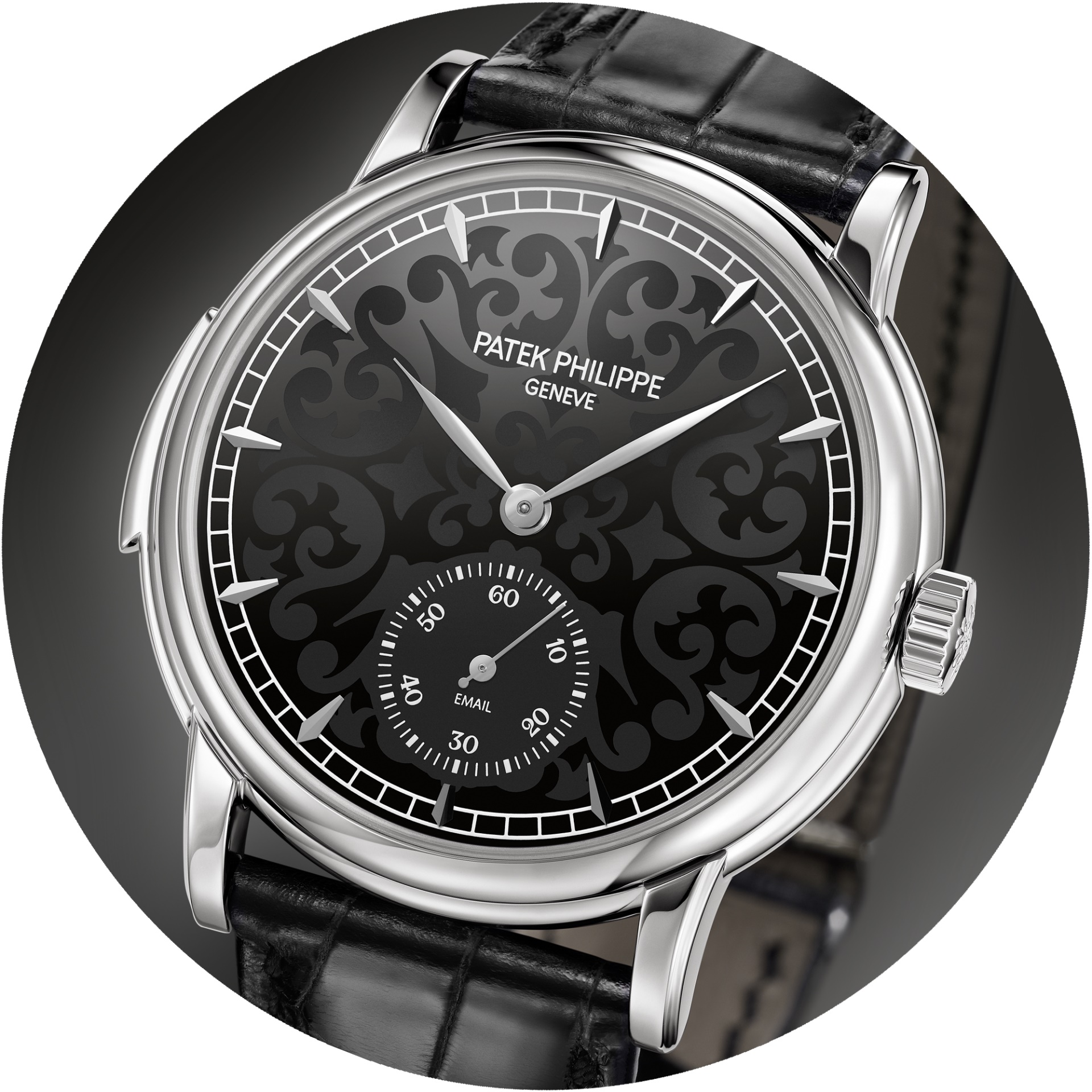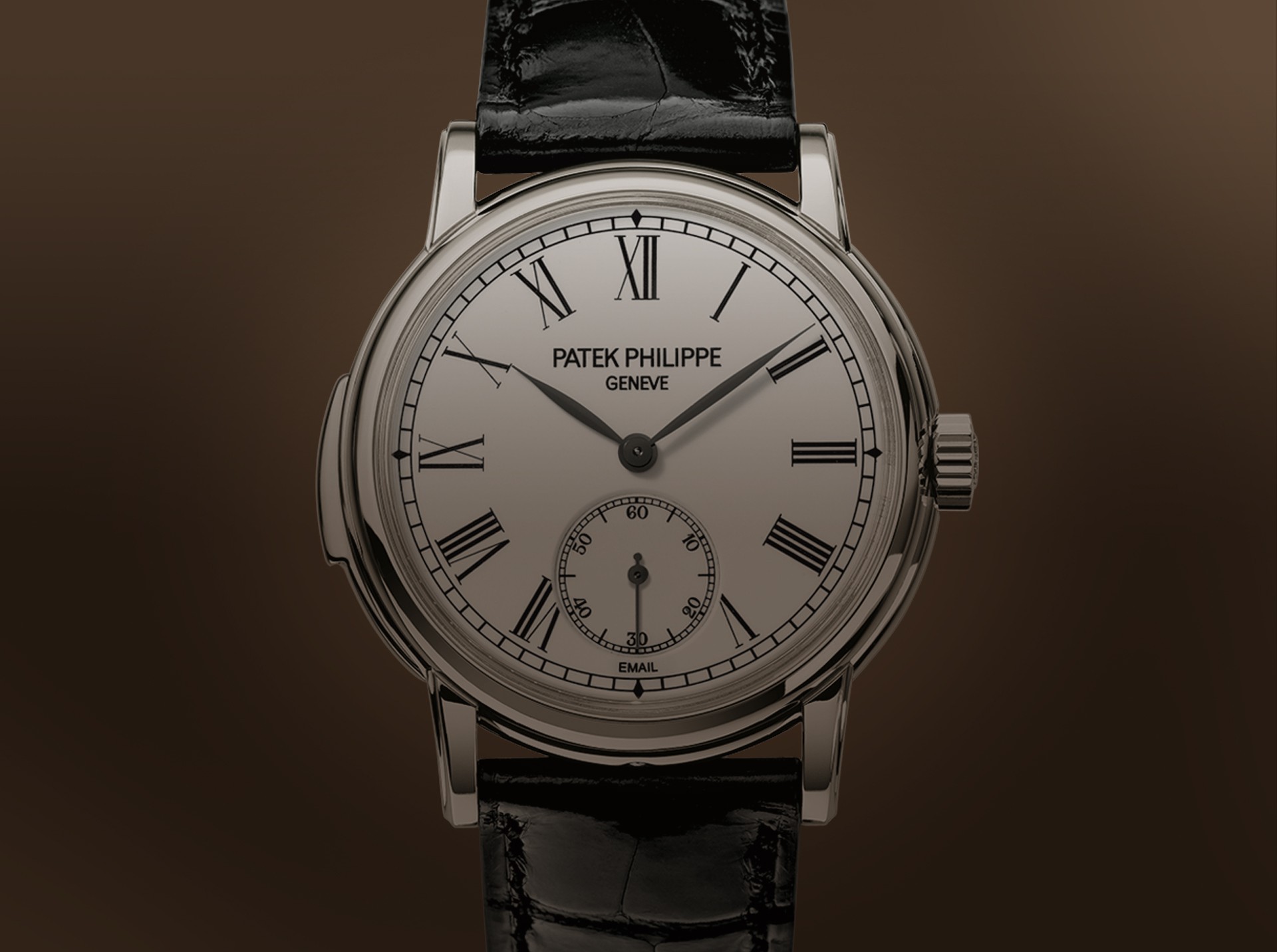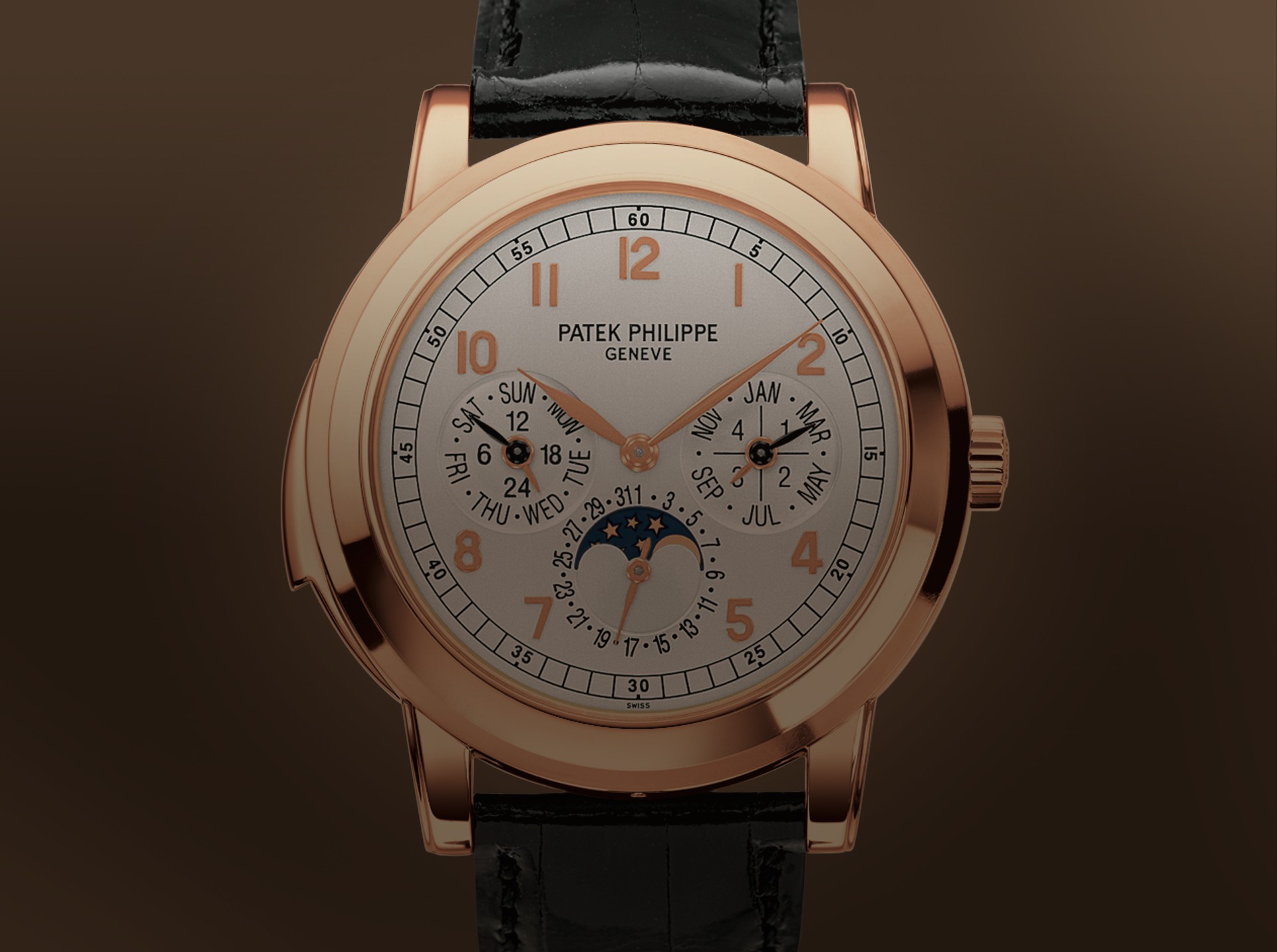1 - What is a Minute Repeater?

A repeater is a complication in a mechanical watch that chimes the time on demand by activating a push or a slide-piece. Different types of repeater allow the time to be heard to varying degrees of precision; from the simple quarter-repeater which merely strikes the number of hours and quarters, to the minute repeater which sounds the time down to the minute using separate tones for hours, quarter-hours and minutes. Originating before widespread use of electricity, they allowed the time to be determined in the dark and they were also used by the visually impaired. Today minute repeaters, one of the most complex repeater mechanisms, are coveted by collectors and watch lovers alike as rare masterpieces of precision mechanical engineering.

Listen to a real time minute repeater

View film: Chiming on demand
Minute repeaters chime three different sounds; the hours are typically signaled by a low tone, the quarter-hours by a sequence of two tones and the minutes by a high tone. For example, if the time is 02:49 the minute repeater will sound 2 low tones representing 2 hours, 3 sequence tones representing 45 minutes and 4 high tones representing 4 minutes.
The time is struck by small steel hammers on differently tuned gongs – steel coils curving in a circular shape along the inside circumference of the case. With its tiny intricately shaped racks and snails, cams and wheels, the strike mechanism of a minute repeater is one of the most complex types of complication.
Minute repeaters share a long heritage with a range of other watches, more commonly known as striking watches, of which they are considered one of the most sophisticated.
Their origins can be traced back to the end of the 17th century. The first examples of striking watches were “dumb” repeaters, which struck the time on the inside of the case producing a muffled sound and could only be detected if the watch was held in the hand, allowing people such as courtiers, amongst whom they were popular, to discreetly check the time in their pocket during tedious levees and royal councils without offending the monarch.
Over time, a bell, usually attached to the inner back cover of the watch, was introduced for the hammer to strike and the first chiming watches were born. Evolution brought forth watches that not only chimed the hours, but also the quarters, half-quarters and five-minute repeaters.
The first examples of minute repeaters appeared in the mid 18th century. At the end of the 18th century, A.L. Breguet designed a mechanism that would strike the hours, quarters and minutes replacing the bell by a set of coiled wire gongs thereby reducing space and providing different tones. By the late 19th century the minute repeater mechanism had been perfected to its current configuration.
Over 100 unique components must be combined to create a minute repeating mechanism with each component manufactured to extremely exact tolerances. Integrating a minute repeater into a pocket watch takes incredible skill but fitting one inside a wristwatch adds several magnitudes of intricacy, as the comparatively small case requires the further miniaturization of what are already extremely small parts.
Assembling a minute repeater will take a watchmaker 200 to 300 hours of work, only possible after decades of experience required to reach a sufficient level of horological skill to do such work. The journey, which takes into account a multitude of mechanical considerations, is accomplished by the application of rigorous scientific practice.
Yet, at the final stage - the careful analysis of the sound quality - one timepiece is shown to never sound exactly like another. Even the same watch reference in the same metal case will be subtly different, much like a human fingerprint.
By the early 1960s, the tradition of manufacturing minute repeaters had all but died away. Nevertheless Philippe Stern, former President of Patek Philippe, decided to relaunch their production to mark the company’s 150th anniversary in 1989 as well as reintroducing them into its collection of wristwatches.
Patek Philippe’s research & development team carried out years of extensive work dismantling antique pieces to see what lessons could be learnt from the past allowing them to bring minute repeaters innovatively into the future.
During this period, the President personally listened to the chimes of many old minute repeaters and realized that while a minute repeater represents the pinnacle of watchmaking expertise, it is paradoxically the easiest to criticize. He said, “Even if you don’t know anything about watches, you can judge for yourself if the sound is not the best.”
To perfect the sound of minute repeaters, years of development in collaboration with the Federal Polytechnic School of Lausanne (Ecole Polytechnique Fédérale de Lausanne - EPFL) and the Geneva School of Engineering were spent experimenting with alloys and meticulously testing different ratios of elements to find the ideal hybrid metal that would optimize the sound quality of Patek Philippe gongs.
As a family-owned watch company, Patek Philippe continues to lead the way in the production of minute repeaters - every single one of which is personally checked by the President before leaving the workshops. Patek Philippe also has the largest collection in regular production, positioning the company as the industry leader of complicated watches.
